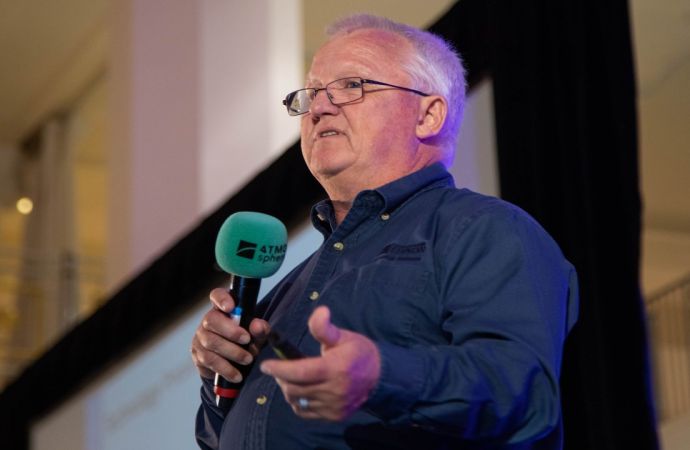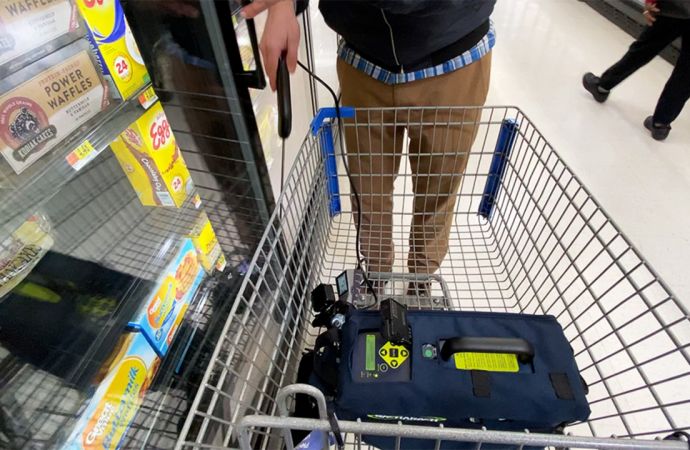The US Environment Protection Agency (EPA) has proposed more stringent bans on ozone depleting refrigerants, by restricting imports and exports of refrigeration appliances containing HCFC-22 and HCFC 142b from 2010. NEW: The European Parliament Environment Committee has voted to ban HCFCs from 2015, instead of 2020.

Building on a proposal issued in December 2008 to ban R-22 and R-142b from 2010, the US EPA proposed, on 7 January 2009, to also ban imports and exports of these two ozone-depleting refrigerants. New rules would also cover appliances suitable only for newly produced HCFC-22 and HCFC 142b, or blends containing one or both of them, meaning an effective ban of this type of equipment.
More stringent rules on HCFCs
As a 1988 signatory of the Montreal Protocol, the United States have committed to limit the production and consumption of hydrochloroflurorocarbons (HCFCs) as high ozone-depleting substances (ODS), towards a 2030 total phaseout.
The original provision meant for US manufacturers of air-conditioning and refrigeration appliances an effective ban on production and sale of ozone depleting refrigerants from 2010. Furthermore, no new appliances could be charged with HCFCs or blends containing them. Until now, however, it did not cover imports and exports of appliances.
What the amendment recently proposed by the EPA adds to this is:
Next steps
The timeline for the phase out of R-22 and R-142b in the USA looks as follows:
Background
ODS have been classified into Class I and Class II substances according to the direct threat they paused to the ozone layer. Class I have already been phased out from the US, with exemptions for specific cases under the Montreal Protocol. And Class II substances, (HCFCs) have only been temporary replacement for Class I on the way to total phaseout.
HCFC 22 is most commonly used in several types of air conditioning units and chillers, commercial refrigeration and industrial and transport refrigeration.
HCFC 142b is, in most cases, used as a part of blend for refrigeration purposes.
UPDATE: European Parliament Committee adopts earlier phase out of HCFCs
HCFCs “should be phased-out by 2015”, the European Parliament (EP) Environment Committee agreed on Thursday, 22 January. It thus followed the proposal of Dutch rapporteur Johannes Blokland to phase out HCFCs five years earlier than specified in EU rules on ozone-depleting substances (ODS) currently under review.
The committee agreed HCFC production levels should not exceed 35% of 1997 production levels annually from 2010-13, and 3% in 2014. Production would have to cease entirely thereafter. Blokland said he hoped to reach a first-reading agreement with EU governments on the ODS proposals. But member states have only made minor changes to the commission's proposals and their changes mostly go in the opposite direction to what the EP Committee is demanding.
More stringent rules on HCFCs
As a 1988 signatory of the Montreal Protocol, the United States have committed to limit the production and consumption of hydrochloroflurorocarbons (HCFCs) as high ozone-depleting substances (ODS), towards a 2030 total phaseout.
The original provision meant for US manufacturers of air-conditioning and refrigeration appliances an effective ban on production and sale of ozone depleting refrigerants from 2010. Furthermore, no new appliances could be charged with HCFCs or blends containing them. Until now, however, it did not cover imports and exports of appliances.
What the amendment recently proposed by the EPA adds to this is:
- No appliances containing HCFC-22 and HCFC-142b, nor even blends containing these substances, can be imported nor exported
- The ban will also apply to devices that are suitable for use with only HCFC-22 and HCFC-142b
Next steps
The timeline for the phase out of R-22 and R-142b in the USA looks as follows:
- Between 2010 and 2020, HCFCs will be produced and imported for servicing only
- From 1 January 2015, the sale and use of HCFCs will only be allowed for transformation or servicing air-conditioning and refrigeration applications.
- As of January 2020, production and import of HCFCs will be banned totally.
Background
ODS have been classified into Class I and Class II substances according to the direct threat they paused to the ozone layer. Class I have already been phased out from the US, with exemptions for specific cases under the Montreal Protocol. And Class II substances, (HCFCs) have only been temporary replacement for Class I on the way to total phaseout.
HCFC 22 is most commonly used in several types of air conditioning units and chillers, commercial refrigeration and industrial and transport refrigeration.
HCFC 142b is, in most cases, used as a part of blend for refrigeration purposes.
UPDATE: European Parliament Committee adopts earlier phase out of HCFCs
HCFCs “should be phased-out by 2015”, the European Parliament (EP) Environment Committee agreed on Thursday, 22 January. It thus followed the proposal of Dutch rapporteur Johannes Blokland to phase out HCFCs five years earlier than specified in EU rules on ozone-depleting substances (ODS) currently under review.
The committee agreed HCFC production levels should not exceed 35% of 1997 production levels annually from 2010-13, and 3% in 2014. Production would have to cease entirely thereafter. Blokland said he hoped to reach a first-reading agreement with EU governments on the ODS proposals. But member states have only made minor changes to the commission's proposals and their changes mostly go in the opposite direction to what the EP Committee is demanding.
MORE INFORMATION
Related stories





